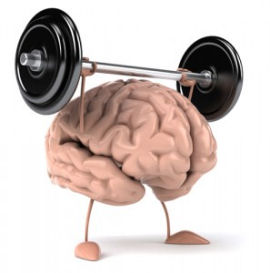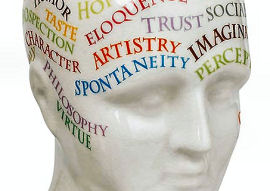
A study appearing in the British Journal of Psychiatry documents evidence of structural brain abnormalities in people who habitually lie, cheat and manipulate others.
The researchers, from the University of Southern California, built on previous research that showed there is heightened activity in the prefrontal cortex – the area of the brain that enables most people to feel remorse or learn moral behavior – when normal people lie. The new study provides evidence of structural differences in that area among pathological liars.
The subjects for the study were taken from a Los Angeles’ temporary employment pool. The researchers conducted a series of psychological tests and interviews that categorized the subjects according to their propensity for mistruth. “We looked for things like inconsistencies in their stories about occupation, education, crimes and family background,” said Adrian Raine, co-author of the study. After categorization, Raine and co-researcher Yaling Yang used Magnetic Resonance Imaging (MRI) to explore structural brain differences between the groups.
“Our argument is that the more networking there is in the prefrontal cortex, the more the person has an upper hand in lying. Their verbal skills are higher. They’ve almost got a natural advantage,” said Raine. In normal people, it’s the gray matter – or the brain cells connected by the white matter – that helps keep the impulse to lie in check. “They’ve got the equipment to lie, and they don’t have the dis-inhibition that the rest of us have in telling the big whoppers,” he added.
“When people make moral decisions, they are relying on the prefrontal cortex. When people ask normal people to make moral decisions, we see activation in the front of the brain,” he explained. “If these liars have a 14 percent reduction in gray matter, that means that they are less likely to care about moral issues or are less likely to be able to process moral issues. Having more gray matter would keep a check on these activities.”
Interestingly, the researchers noted that autistic children – who typically have trouble lying – show the converse pattern of gray matter/white matter ratios. “The fact that autistic children have difficulty lying and also show reduced prefrontal white matter constitutes the opposite but complementary pattern of the results compared to adults with increased prefrontal white matter who find it easy to lie,” the researchers commented.


















Comments are closed.